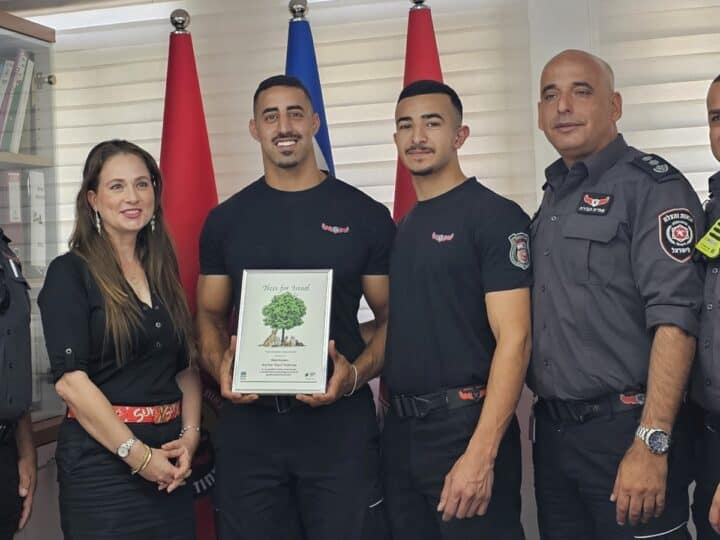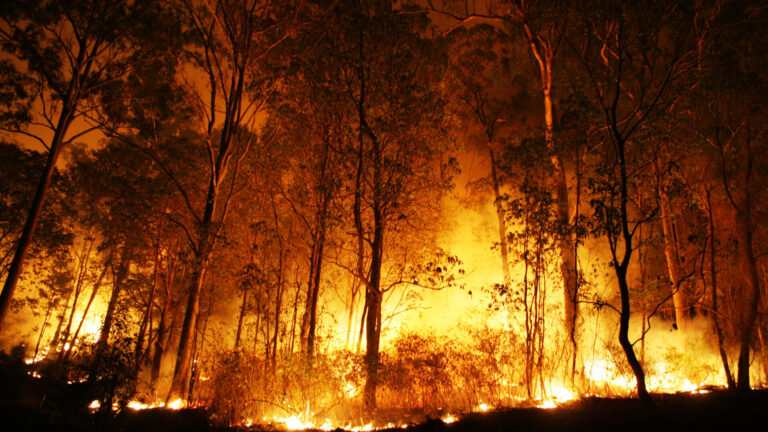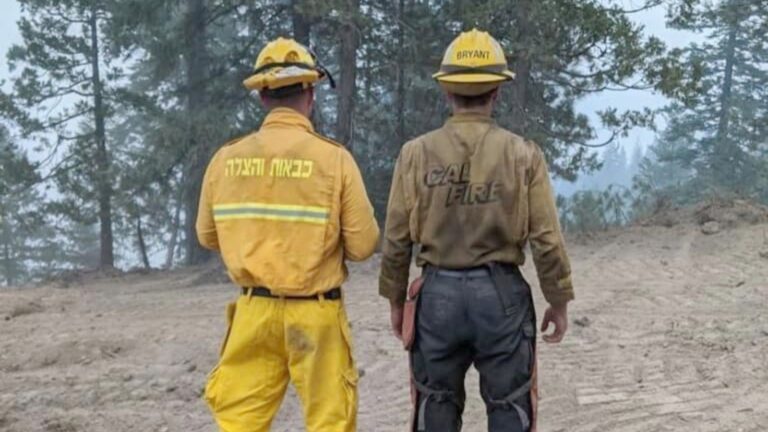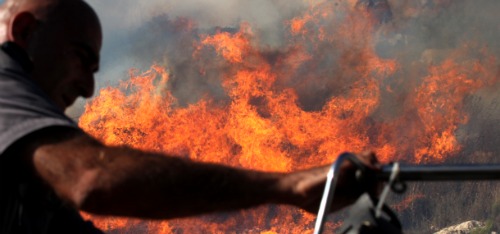
The unusually hot, dry summer of 2010 proved to be particularly punishing for forests across the world. Countries including Canada, Russia and France suffered the loss of thousands of acres of woodland to raging fires.
It was no better in Israel. “The statistics say this was the fourth worst forest fire season in Israel since we started keeping track, at least in the last 100 years,” says 56-year-old Chanoch Tzoref of the Jewish National Fund (JNF), a non-governmental organization known as Keren Kayemet LeIsrael (KKL) in Hebrew.
“We had a very dry and hot winter, and afterward, the hottest summer on record. We are approaching 10,000 acres burned. That’s three times the average,” says Tzoref, who is supervisor of forest fire prevention, firefighting and replanting for 40,000 acres of trees in the Jerusalem Forest, Jerusalem mountains and coastal plain.
Forests cover 10 percent of all the area of Israel, or 250,000 acres. Half of them, particularly in Tzoref’s districts, are comprised of Jerusalem pines planted one by one over the past 109 years by JNF. Among its other work, it has planted 240 million trees and created more than 1,000 parks.
Today, Tzoref tells ISRAEL21c, efforts to train foresters in prevention, firefighting and rehabilitation methods have gone global, with Israel learning some techniques abroad and sharing its own expertise.
The first minutes are the most important
Tzoref has battled thousands of forest fires in his 25-year career. His staff, which works alongside regular firefighters, has two specialized engines among only about 22 of their kind in the country. But the July conflagration that burned down 247 acres of Jerusalem’s Aminadav Forest will forever be scorched in his memory. Started accidentally by teenagers on a school outing, the blaze got out of control and wasn’t reported until about 15 minutes later.
“That’s very, very bad because the first minutes are the most important,” Tzoref explains.
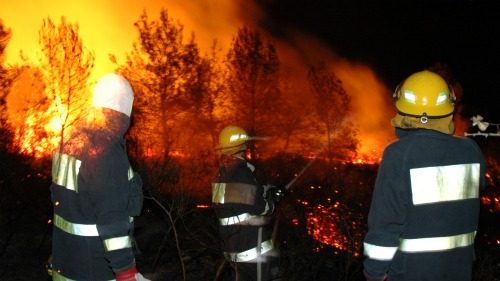
It took 80 JNF-KKL field workers, 40 fire engines and three firefighting aircraft to extinguish the blaze, with the help of several brigades of municipal firefighters. Residents of three neighboring areas had to be evacuated, and strong winds whipped the flames dangerously close to Hadassah University Medical Center in Ein Kerem, a kilometer uphill from the forest.
“A big fire is like a small war,” says Tzoref. And he is like a general. Over the course of five or six hours, he directed all fronts in that particular battle. “My first consideration is always where to put the teams and when to pull them out so no one will get hurt even if that means more trees are burned.
“In this case, we also had to find a way to evacuate 30 or 40 hikers from the woods, a task that was complicated by the fact that the roads were closed. In the end, nobody was injured except a child overcome by smoke,” he says.
An electricity line and about 15 cars bore the brunt of the damage outside the forest.
Natural regeneration is best
Tzoref gained his expertise primarily through on-the-job training. “There is no formal education in forestry in Israel, and that’s a big problem,” he relates. “But what we do is not high-tech. Veteran foresters have experience and knowledge that is not written in any book.”
Still, JNF-KKL firefighters do take some courses in Israel, and most are sent to learn from foresters in the US, who Tzoref believes are the best in the world. They also train with forest firefighters from Spain and France, countries with similar environments to Israel.
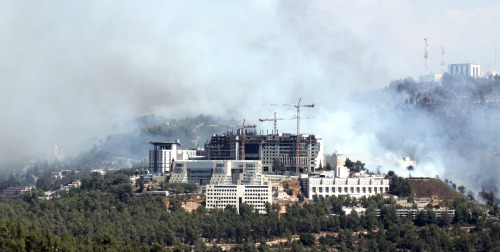
The Europe-to-Israel flow of knowledge sharing is reversed when it comes to rehabilitating forests after they’ve been burned. Israel’s extensive research and experience has shown that planted forests rehabilitate best on their own, and need only to be monitored and managed. Says Tzoref: “Natural regeneration is healthier and more sustainable – that’s a basic environmental rule.”
Nevertheless, management of the rehab process is costly. JNF-KKL has therefore launched a targeted fundraising campaign and welcomed a major contribution by Israel’s largest non-banking financial institution, Clal Finance, toward bringing the devastated Aminadav Forest back to life.
In Israel, all forest fires are man-made
To prevent fires from spreading in the first place, JNF-KKL workers have created protected fire zones adjacent to roadways. This involves removing the lower branches of tall trees so that flames cannot use them as fuel, climbing up and spreading from one crown to another.
JNF-KKL and other firefighting leaders are advocating for legislation forbidding ground fires during the summer months. During this high-risk period, full-time paid staffers man 30 watchtowers across Israel. They work hand in hand with local fire departments.
Tzoref stresses that even during dry summers forest fire damage could be reduced by better education. “In Israel, all forest fires are man-made. There is no natural force for fires in the Mediterranean basin. And no matter what you hear, no more than 30 percent are the result of arson. Most are caused by negligence.”
Fortunately, the majority are quickly extinguished. “We are successful if you don’t hear about the fire. If you have heard about it, we have failed,” Tzoref concludes.














